Safety Training - SM4 Safety Articles & Resources

Building Safety Management Capacity in Aviation Organizations
Over the last decade, aviation organizations have been preoccupied with implementing safety management systems (SMS), aviation safety action programs (ASAP), flight data monitoring programs (FDM), and other safety initiatives. Many…
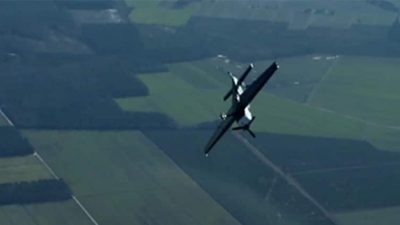
Most Valued Insurance Policy Ever!
The discussion of pilots’ over reliance on automation is in the forefront of most aviation accident investigations. With more than 19,000 hours as a pilot and over 11,000 as a…

One Simple Truth to Guide Your 2019
A striking number of people – myself being one of them – begin each New Year with a list of things they personally hope to accomplish over the next 12…
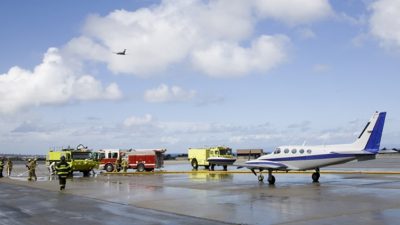
Are you Ready for Thermal-Runaway?
Thermal runaway has been on our radar for a while, as you will surely remember the Japan Airlines B-787 that caught fire while sitting on the ramp in 2013. Thus…
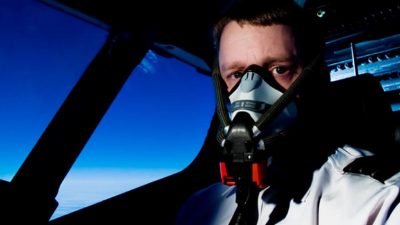
Slow Onset Hypoxia Represents the Highest Risk of Fatality: Part 2
The current training standards for rapid or explosive cabin depressurization have served the commercial aviation industry well. Over the last 15 years, there have been numerous high altitude rapid decompression…
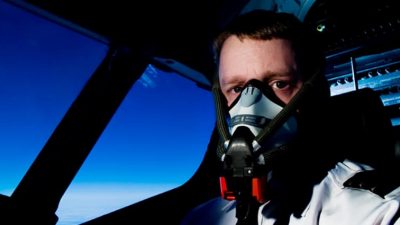
The Need to Ensure Skill Proficiency in Oxygen Mask Use
All pilots have undergone emergency mask training in accordance with the high altitude endorsement (HAE). This training is performed in FAA-approved simulators emphasizing the importance of rapid donning of the…
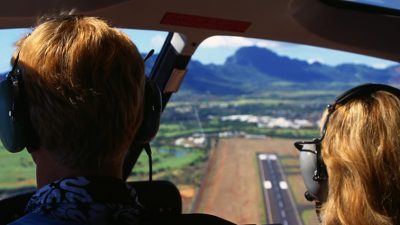
Instructor Diversity: Is it Good for You?
Within the aviation community, no two pilots are alike. Each has strengths and weaknesses, good and not-so-good techniques, and their own combination of skills, experience, and instinct. Which pilot is…

Road Safety While on the Road
Road safety is one of the top travel risks for business travelers and crew members while at destination. Whether as a pedestrian, a vehicle driver, or a passenger in a…
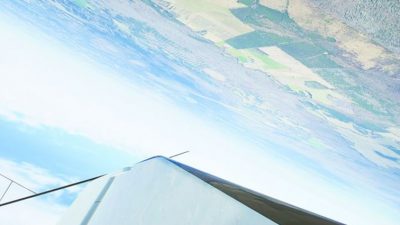
Angle of Attack (AoA) Management
It’s hard to manage Angle of Attack (AoA) if the dynamic information isn’t directly available to the pilot. This is why most military and high-end commercial aircraft have incorporated AoA…
